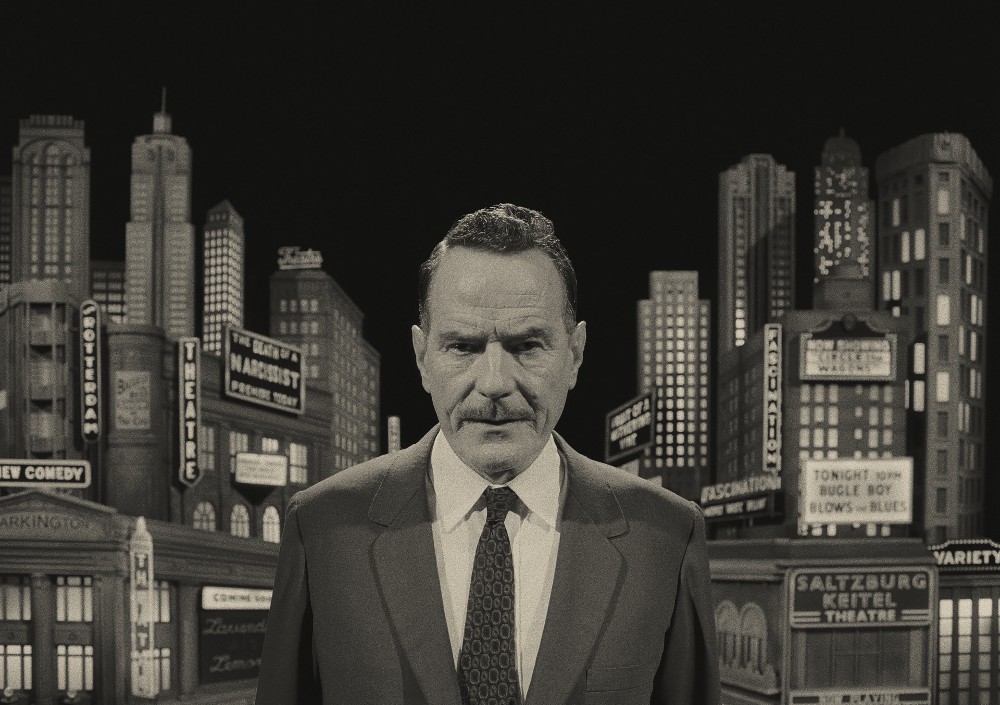
Asteroid City is nothing if not colorful. The trip into the desert is vast and full of liveliness in a movie all about how small and inconsequential our lives can sometimes feel. Together, filmmaker Wes Anderson and his long-time cinematographer and pal, Robert Yeoman, made a colorful picture about a bleak reality.
We’re all doomed, perhaps with our destinies far from our control. That’s where the storyline featuring playwright Conrad Earp (Edward Norton) and his cast and crew come in, to tell the story-within-the-story of Asteroid City. People are small, but hey, at least our dreams are big!
The sequences in “reality” are shot in black-and-white. As Yeoman told Below-The-Line, he “sure learned a lot about shooting” in black and white. “You can adjust contrast or exposure, but you can’t really control color obviously,” he said, “because it’s black and white film. We were going for a more theatrical, hard light look with the black and white, and I think we pretty much nailed it. I think that was what Wes was hoping for. So when I saw the finished film, it seemed pretty much like what we had shot in the dailies.”
These days you can’t ask too many cinematographers about the challenges and joys of shooting in black-and-white. It’s a rare opportunity Yeoman relished. “I always loved black and white films from Citizen Kane to In Cold Blood, all those movies,” he said. “I mean, everybody loves black and white, and it was a challenge. What we learned on French Dispatch because, well, we got the black and white film and the color film, and this was in prep, and we would go out and shoot tests in color and black and white. When we looked at our black and white film, we were like, ‘Oh, we really love this.’ I think initially Wes was only going to do one of the stories in black and white, and then he expanded it to do more with black and white. He liked the look so much.”
Again, black and white photography isn’t without its challenges. A solution to one problem in particular: harder lighting. “Plus, the fact that black and white takes hard light a lot better,” Yeoman said. “So typically, I use just kind of softer light on the actors. I want it to look kind of natural, but with black and white, the harder light looks better; it gives them more contrast, it gives a bite to it. I learned to use harder light with the black and white, as the old cinematographers used to do. Plus, you need to separate more. I mean, rather than just letting the color separate you from the background, more edges, more backlights, more. So it was a real education for me in all these instances to learn black and white lighting.”
Asteroid City is now available to own on digital and home video.





